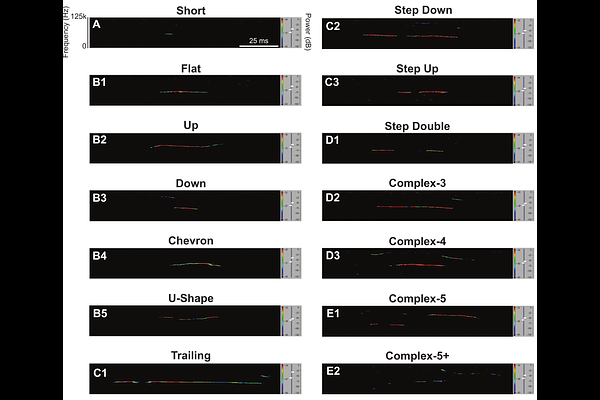Modeling Laryngeal Dystonia through Spectral Analyses of Vocalizations in a Dystonia Mouse Model

Modeling Laryngeal Dystonia through Spectral Analyses of Vocalizations in a Dystonia Mouse Model
Fitzgerald, A. L.; Coello, J. A.; Lyon, A. M.; Dao, B. L.; van der Heijden, M. E.
AbstractLaryngeal dystonia is a task-specific, focal dystonia that disrupts vocal-motor control and significantly alters quality of life through impaired communication. Despite its early onset in many hereditary dystonias, effective treatments remain limited, in part due to the lack of a preclinical model that captures its circuit-level pathophysiology. Our experiment evaluates ultrasonic vocalizations (USVs) in Ptf1aCre/+;Vglut2fl/fl mice, a cerebellum-specific generalized dystonia model, to assess translational relevance for laryngeal dystonia. At postnatal day 9, mutant mice demonstrated statistically significant reductions in total USV count, relative count of complex calls, and key spectral parameters--especially frequency modulation and power--mirroring phonatory abnormalities seen in human patients. Cluster analyses further revealed impaired vocal burst initiation, suggesting disrupted cerebellar coordination of temporal vocal-motor output. These findings support the model\'s construct and face validity for cerebellar contributions to disordered phonation. By revealing these potential translational biomarkers, our study establishes a foundational platform for future mechanistic and interventional research in laryngeal dystonia.